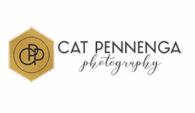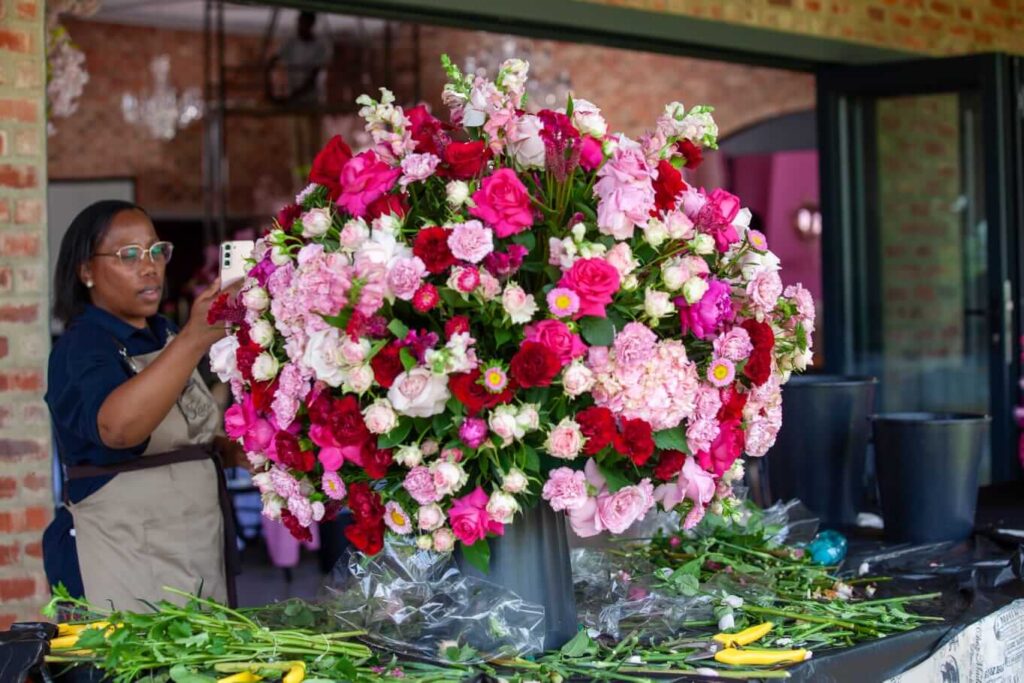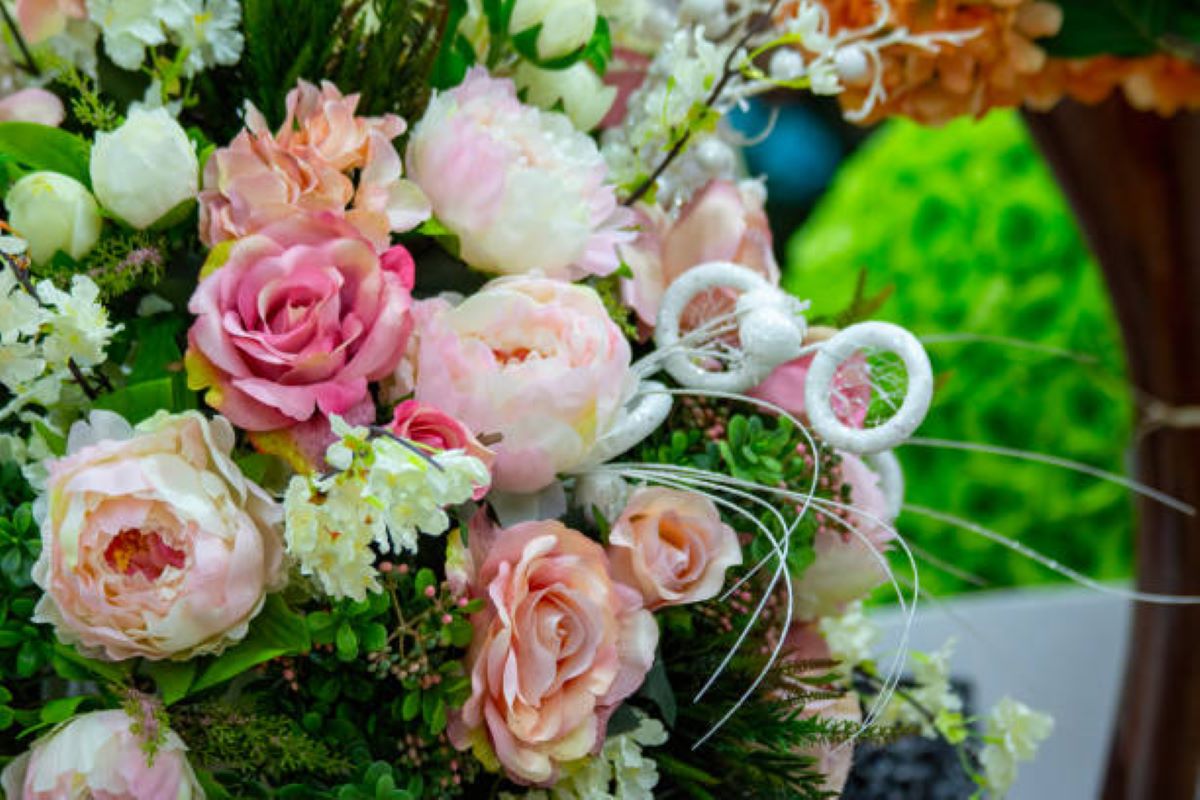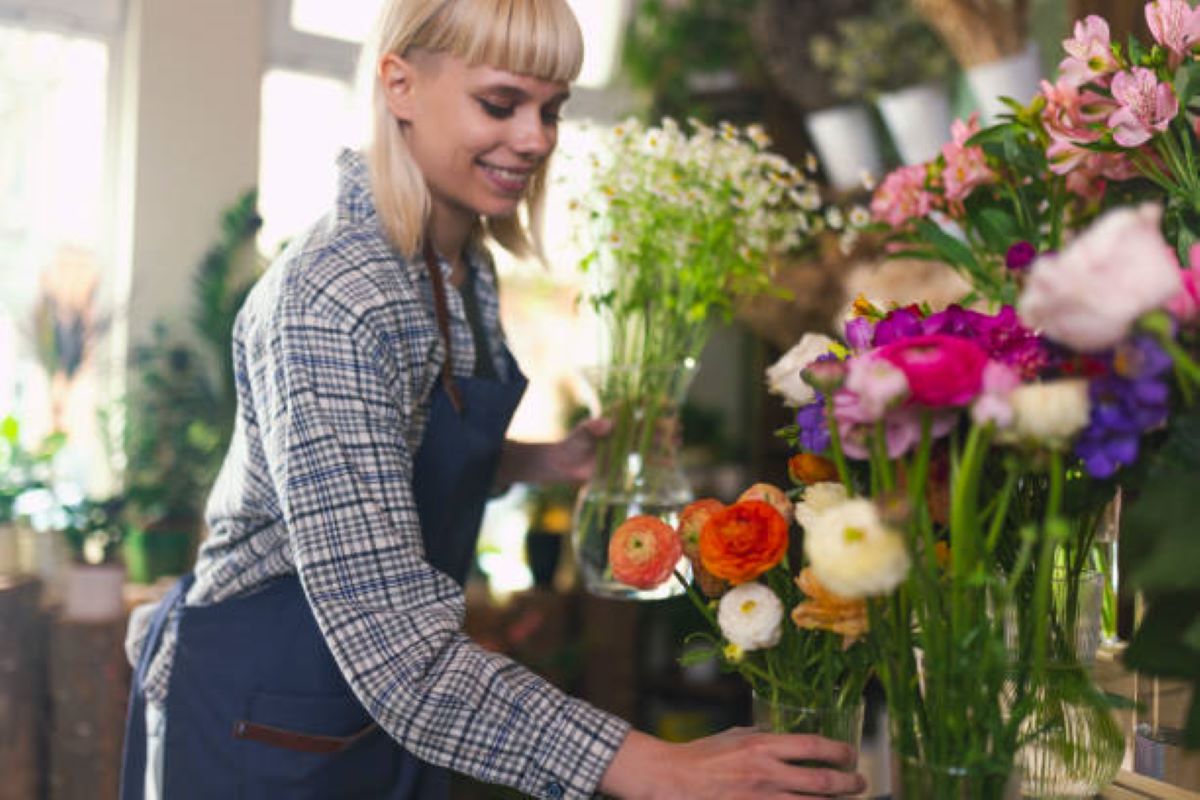The City That Blooms on Its Own Terms
Melbourne is a place where flowers feel less like decoration and more like punctuation—delicate commas in a fast-moving city, moments of pause amid the espresso shots and trams. It’s a city that doesn’t just grow flowers, it curates them. On a crisp morning, you’ll find wattle nodding along bluestone laneways, jasmine creeping over red brick fences, and mismatched jars of wildflowers brightening up laneway cafés.
There’s a quiet rebellion in Melbourne’s floral personality—soft, sensory, untamed. It’s not about flawless roses lined up in military rows. It’s about the unruly, the unexpected, the expressive. Flowers here are more than gifts or table dressings. They’re installations, meditations, art forms. And the florists behind them? They’re reimagining what it means to say it with flowers.
From the Ground Up: Where Melbourne Gets Its Blooms
Before the blooms make their way to city storefronts or gallery installations, they begin in the rich, red soils just beyond the city fringe. The Yarra Valley and Mornington Peninsula have long been Melbourne’s floral pantries—earthy, mist-kissed regions where seasonal growing is a ritual and each stem has a story.
In Red Hill, Bloomstead Farms (imagined but very much in spirit) grows heirloom dahlias, cosmos, and peonies that are cut at dawn and delivered by lunchtime. “We grow slow,” says founder Hazel Trenholm, her hands stained with soil. “No chemicals. No shortcuts. Just sun, rain, and patienc
See more: Melbourne in Bloom: Local Florists Who Redefine Beauty
A bit further north in the valley, rows of native waxflowers, paper daisies, and kangaroo paw fill the fields of Wilde Flora Co., a collective of First Nations growers working to bring more Indigenous flora into the floristry conversation. “Every flower we grow connects back to Country,” says grower and community leader Aunty Lila George. “They’re not just beautiful—they’re sacred.”
Closer to the city, the Melbourne Wholesale Flower Market in Epping is where the magic begins each day. It’s part business, part ballet—traders, florists, and growers exchanging nods, stems, and stories under the cool hum of early-morning lights. The scent is dizzying—peppermint from eucalyptus, sweetness from freesia, spice from snapdragons.
“It’s where trends are born and broken,” says Leo Chen, a Southbank-based floral designer known for his minimalist ikebana-inspired work. “You walk in with a plan and leave with something completely different. That’s the joy of it.”
From Petals to Provocation: The New Floristry
Floristry in Melbourne isn’t just about arrangements anymore—it’s about storytelling, sustainability, and sometimes, social commentary. The new wave of florists are artists, environmentalists, and cultural custodians, using flora as their medium.
Take Saffron Wild, a queer-run studio in Fitzroy that doubles as a workshop space and gallery. Their pieces often blur the lines between sculpture and bouquet, pairing native grasses with dried citrus, feathers, or antique lace. “I don’t want to just make pretty things,” says founder Talia Jean. “I want to make people feel something—a memory, a question, a little jolt of recognition.”
In Northcote, The Dirt Collective works exclusively with foraged, rescued, or home-grown blooms. Their “ugly flower arrangements,” as they cheekily brand them, celebrate wilting petals, broken stems, and blooms past their prime. “There’s beauty in decay,” says florist Miles Hart. “Perfection is overrated. We’re here to honour life in all its messy stages.”
Many florists now work directly with small-scale growers or even grow their own—herbs, edible flowers, natives—blurring the line between florist and farmer. In Thornbury, Petal Ritual runs an edible floral CSA (community-supported agriculture), delivering seasonal posies you can brew into tea or sprinkle on salad.
Floral Identity: Melbourne’s Wild Heart and Elegant Edge
Melbourne’s floral aesthetic mirrors the city itself: a little bit vintage, a little bit punk, always layered and full of soul. Walk into any independent florist, and you won’t find cookie-cutter bouquets wrapped in shiny plastic. You’ll find stories—wild garden bunches tied with string, proteas lounging beside delicate orchids, bunches of rosemary tucked in “just because.”
Florists here love contrast. They’re just as happy building a textural arrangement with native banksia, flannel flower, and ironbark as they are playing with peonies and orchids in bold, modern palettes. It’s a city where tradition isn’t rejected—but it’s reimagined.
“You might find a $5 bunch of daffodils from a corner stall that makes your week,” says Freya Abbott, a freelance florist and installation artist. “Or you might spend hours in a gallery staring at a dried flower chandelier. We have both, and they both matter.”
Floristry in Melbourne isn’t static. It breathes. It experiments. It finds new ways to bloom.
Petals Across Cultures: Flowers with Meaning
In multicultural Melbourne, flowers carry far more than fragrance—they carry memory, meaning, and ancestral knowledge. In Vietnamese households, fresh chrysanthemums and orchids are part of lunar new year offerings. In Greek traditions, flowers are tightly woven into Easter and religious ceremonies. In Indian communities, marigolds are not just decorative—they’re spiritual garlands of light, celebration, and ritual.
You’ll find florists in Box Hill, Footscray, and Dandenong creating arrangements that honor these cultural lineages—often blending ancient symbolism with contemporary style.
For many First Nations Australians, native flora is far more than aesthetic. It’s history, medicine, and storytelling passed down through generations. Workshops like those run by Blak Botanicals help bridge the gap between traditional plant knowledge and modern floristry—teaching participants not only how to arrange flowers, but how to understand them.
“We don’t just look at a flower and think ‘pretty,’” says Kaitlyn Djirri, a Wurundjeri artist and plant educator. “We ask: What is its story? Who used it? How does it connect to Country?”
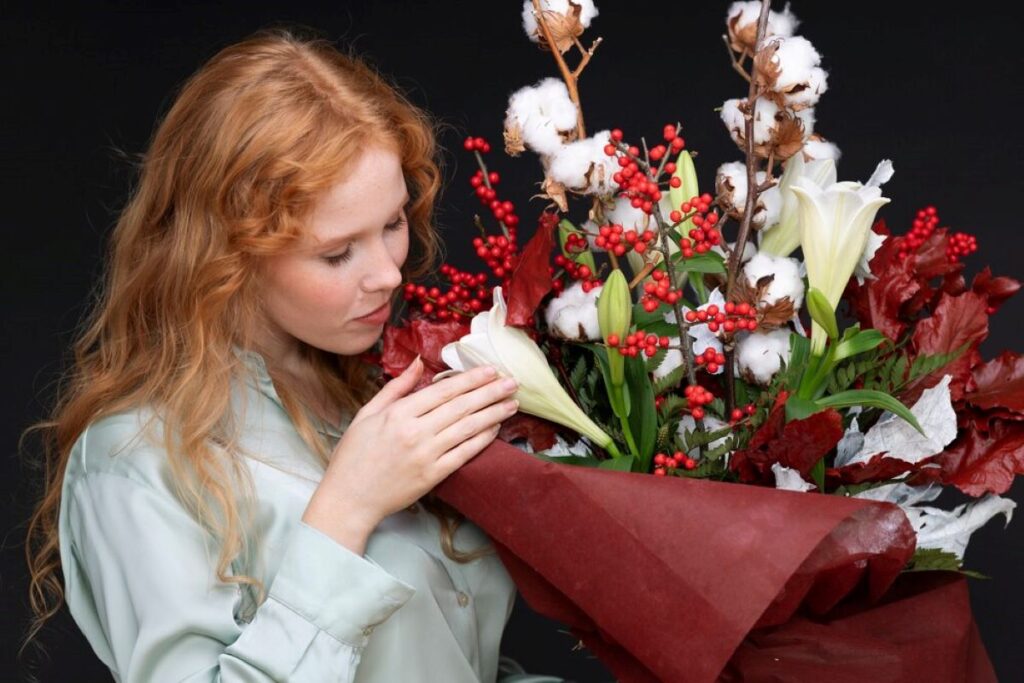
The Hands That Bind the Beauty
Every bouquet that leaves a Melbourne studio carries more than a price tag—it carries the touch of someone who woke before sunrise, who noticed the curve of a branch, the quiet shade of a petal, the rhythm of a season.
Florists are both meticulous and messy, balancing botany with intuition. They work with thorns and thistles and still manage to deliver grace. They understand that every flower has a mood—and that Melbourne, for all its seasons and shadows, has many moods to match.
“I always say, we don’t sell flowers—we sell emotion,” says Jonny Wu, who runs Still Life Florals in South Yarra. “Grief. Joy. Love. Hope. All of it. It’s why we do what we do.”
And it’s why floristry here is more than a trade—it’s a kind of quiet artistry, a ritual of noticing, of connecting, of pausing just long enough to feel something.
A City That Blooms from the Inside Out
As the sun begins to fade over the rooftops of Carlton, and the scent of jasmine curls around the corners of a tram stop, you realize that Melbourne’s flowers aren’t just outside in vases or shopfronts. They’re everywhere—woven into the city’s spirit.
They bloom in the stories we tell, in the rituals we uphold, in the way we soften a space, a celebration, a goodbye. They are the gentle interruptions to our daily haste, reminding us that beauty can be wild, impermanent, and still wholly meaningful.
The florists redefining Melbourne’s floral game aren’t just arranging blooms. They’re shaping culture. They’re creating language in color and scent. They’re honouring the land and the lives that grow from it.
Because in Melbourne, flowers don’t just decorate. They speak. And the city, in all its creative, gritty, garden-hearted glory—listens.
